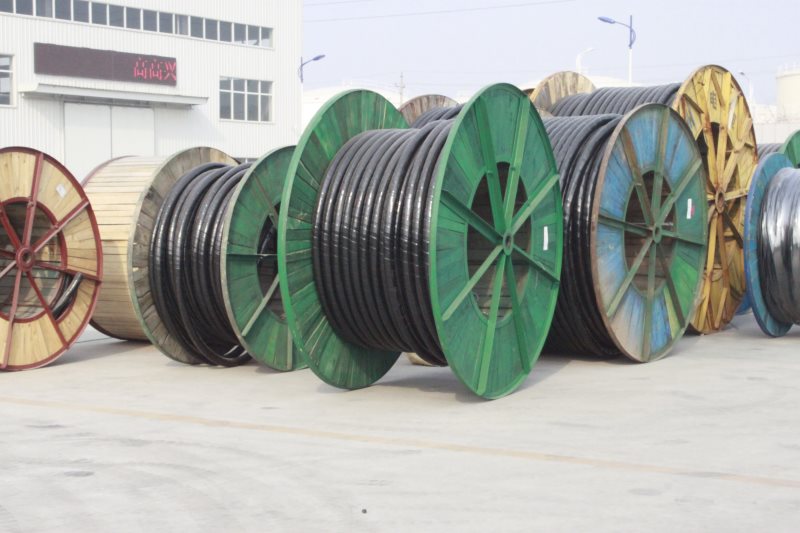
Cables are indispensable and important equipment in modern society, and are widely used in various fields such as electricity, communication and transportation. In order to ensure the quality and safety performance of the cable, the cable factory needs to carry out a series of inspection projects. This article will introduce the relevant content of the cable factory inspection.
I. Appearance inspection
Appearance inspection is the first step of cable factory inspection. The operator should carefully observe the appearance of the cable, including the cable’s color, gloss, whether the surface is flat, whether there are obvious scratches or damage. At the same time, it is also necessary to check whether the cable logo, labeling, etc. is complete and clearly identifiable.
II. Dimensional inspection
The size check is to verify whether the size of the cable meets the standard requirements. Operators use special tools to measure the outer diameter, inner diameter, insulation thickness and other parameters of the cable and compare them with the product technical requirements. If the size is unqualified, it will affect the installation and use of cables.
III. Electrical Performance Test
Electrical performance test is one of the important parts of factory inspection. Common electrical performance test items include resistance test, insulation resistance test, voltage test, etc. Resistance test is to check the electrical conductivity of the cable, insulation resistance test is to check the quality of the cable insulation layer. Resistance test is to check the electrical conductivity of the cable, insulation resistance test is to detect the quality of the cable insulation layer voltage resistance test is to check the voltage resistance of the cable.
IV. Mechanical performance Test
Mechanical properties test is to determine the ability of the cable to withstand in the process of transportation, installation and use. Common mechanical properties test items include tensile test, flexure test, impact test, etc.. The tensile test is to check the tensile strength of the cable, the flexing test is to detect the flexibility of the cable, and the impact test is to check the impact resistance of the cable.
V. Combustion performance test
The combustion performance test is to verify the flame retardant performance of the cable. When fire occurs in the cable, its flame retardant performance is directly related to the safety of life and property damage. Common combustion performance test programs include vertical combustion test, smoke density test, shedding spark test, etc.
VI. Environmental adaptability test
Environmental adaptability test is to verify the performance of the cable in different environmental conditions. Common environmental adaptability test items include weathering test, oxidation resistance test, heat and humidity resistance test. These test items can assess the cable in a variety of harsh environments, anti-aging and corrosion resistance.
The cable factory inspection items covers many aspects such as appearance inspection, dimensional inspection, electrical performance test, mechanical performance test, combustion performance test and environmental adaptability test. Through the inspection of these items, you can ensure the quality and safety performance of the cable to protect the normal operation of power, communication, transportation and other fields. For cable manufacturers, the strict implementation of the inspection program to improve product quality is the key, only then can win the trust and support of customers.
Post time: May-14-2024

